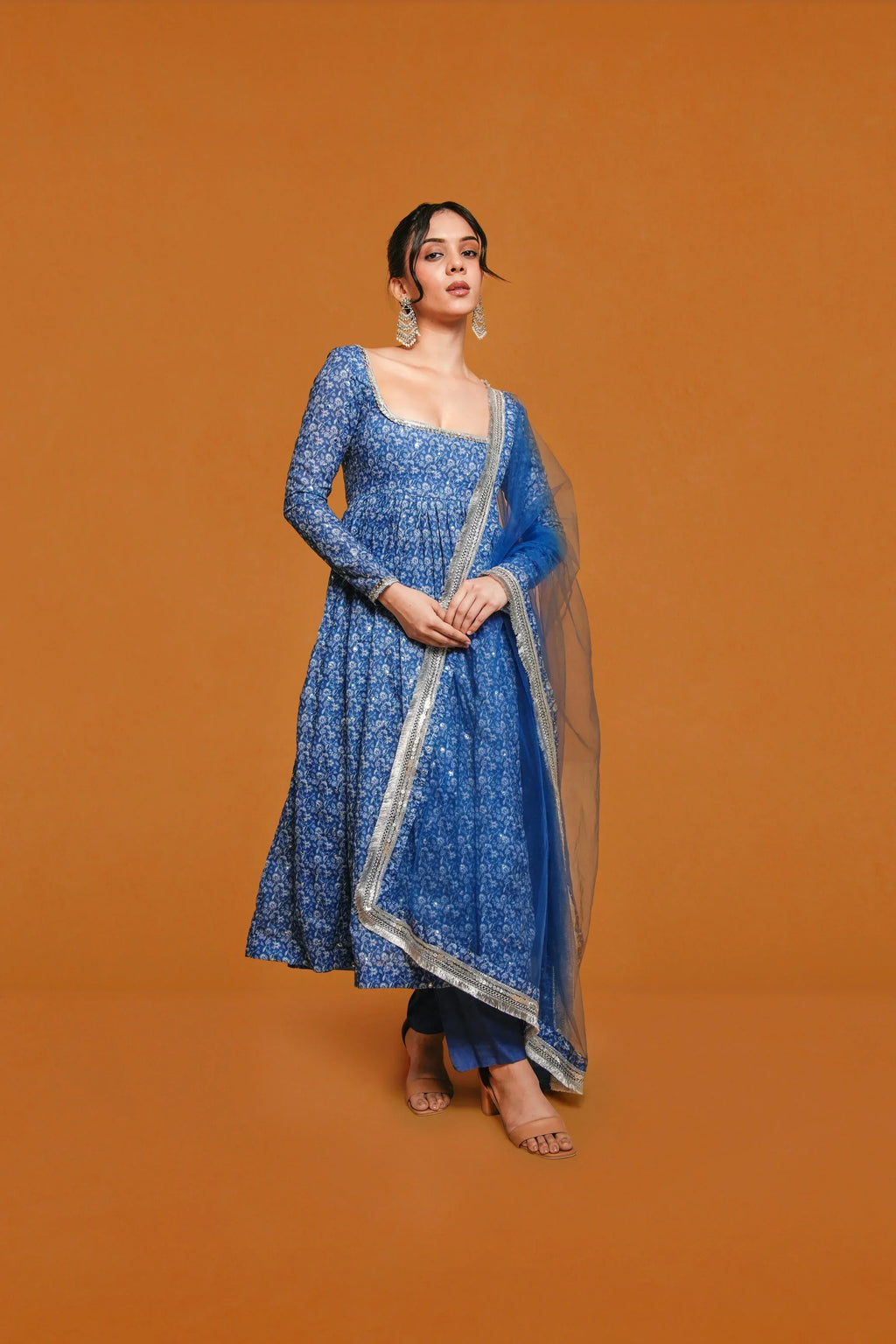How to Style South Asian Traditional Clothing for Diwali & Eid

Since South Asia is culturally rich, its fashion includes a wide variety of styles and feelings. People tend to wear special outfits for big events like Diwali and Eid, which lets others easily see their identity and mood. The right outfit can always help you enjoy your gathering, ceremony, or dinner more. Young people are using today’s trends and values to style South Asian traditional clothing. How can traditions from the past be combined with contemporary ideas for the biggest festivals of Diwali and Eid, celebrated here?
Understanding the Roots of South Asian Festival Fashion
Being culturally diverse, the fashion in South Asia has many different styles and feelings. Most people choose special clothing for festive days such as Diwali, Dashain, Tihar, and Eid, so that others can easily tell their mood and identity. Choosing a good outfit can always improve how much you enjoy your event. South Asian traditional clothing is now being styled with today’s popular trends and values by young people. How do we incorporate traditions along with newer concepts for Diwali, Dashain, Tihar, and Eid celebrations in the country? Even though both events focus on tradition in dress, people are now given more room to express themselves fashionably.
Fusion Styling: Tradition Meets Modern Flair
You can show off your Diwali or Eid look by choosing updated forms of South Asian styles. A silk kurta looks nice when paired with a blazer, or putting a crop top over a lehenga skirt is also cool. Among these communities, fusion styles are popular because they help people stay true to their roots and wear the latest fashions.
Give various blouses a try when starting to build your wardrobe. Choose an off-shoulder or halter-neck top instead of a usual blouse when you wear a saree. Guys can remain stylish and comfortable by wearing a kurta and narrow-fit pants or jeans. South Asian traditional clothing should be kept as they are, but its lines should be adjusted for your taste.
Wearing a creative mix of necklaces and earrings is also a good idea. You could choose lightweight and less-is-more jewelry, or pick out extravagant Western types that work well with your ethnic wear instead of covering it. Adding a sleek belt with a saree or covering a gown with an ethnic jacket is a fine way to mix traditional and modern styles.
Embracing the Southeast Asian Influence
While the spotlight is on South Asian designs, South Asian traditional clothing fashions have changed the way festivals are styled. Festival wear in South Asia has more often included batik prints, kebaya tops, and sarongs, which come from Indonesia, Thailand, and Malaysia.
Using a batik-print dupatta on a traditional salwar kameez gives the outfit a special look and also honors the cultural similarities found between regions. Even though Mumbai and Dhaka are well-known in fashion, designers from there blend Southeast Asian traditional dress with local designs. Kebaya tops worn together with Pakistani-style floaty skirts are especially fashionable for Eid.
Furthermore, using natural dyes and hand-made fabrics that are part of typical Southeast Asian traditional dress suits the sustainability shift happening among South Asian designers. Wearing any of these for your special festival occasions makes you stylish and also helps the ethical fashion choices.
Comfort Without Compromise
Since Diwali or Eid and even Dashain and Tihar involve lots of company, talking, praying, putting tika, and eating, the outfit needs to be comfortable. A great quality of South Asian traditional clothing is that it can be worn in many ways. Both anarkalis and straight-cut kurtas are elegant and still comfortable.
For women who are looking to move easily at gatherings or temples, palazzo pants can provide a better option instead of churidars. Men should pick soft cotton kurtas instead of eye-catching, heavily embroidered ones for events during the day. A stole or dupatta serves as a quick way to change any look into a festive one without making you feel heavy.
Those who are young or who are elderly need breathable clothes and minimal decorations. Such details are meaningful as they show both style and how useful they are when we are with our families and performing cultural customs.
Conclusion
Even during Diwali, Eid, or any other festival, wearing South Asian traditional clothing helps you to honor your heritage. For example, modern blouses paired with sarees or blazers on kurtas—today’s trends show that old styles can fit with the latest looks. Through using batik prints, wearing kebaya on top, and including sustainable pieces, your outfit becomes part of the world’s diversity. Don’t forget that feeling at ease and confident comes with knowing about your culture. Growing from plain cotton kurtas to fancy lehengas, South Asian dresses are having a new lease of life, mixing tradition with modernization and elements from Southeast Asia as well as adding significance to any occasion. Choose a classic yet modern style that reminds everyone of the beauty shared with Southeast Asian traditional dress.
FAQs
1. What is the most convenient outfit to put on during celebrations for Dashain and Tihar?
Wearing a cotton or silk kurta, along with palazzo pants, will give you ample comfort.
2. How can I make my festival attire fit today’s fashion trends?
Use ethnic outfits in combination with crop tops, jackets, or a few accessories from the West.
3. Is it possible to get eco-friendly clothes for festivals like Diwali and Eid?
Handwoven items, plus using natural dyes and upcycled materials, help make the textile industry environmentally friendly.
4. What kind of accessories can you match with festival outfits?
Any festive outfit can be enhanced with light and airy jewelry, decorated belts, and unique earrings added to it.
5. Should musicians feel free to use several musical styles?
Fusion helps us value similarities shared among cultures and people.


















